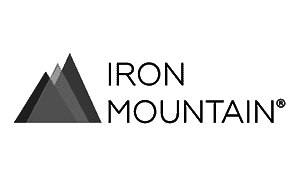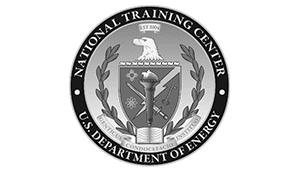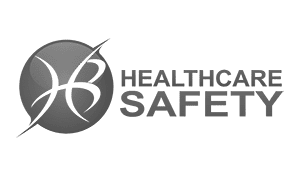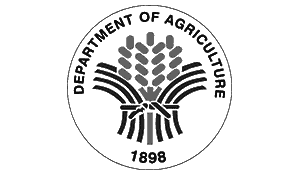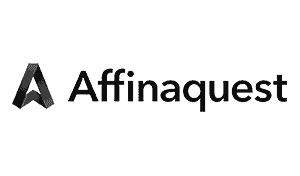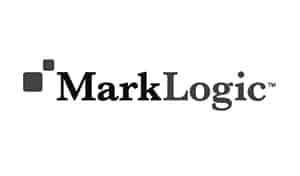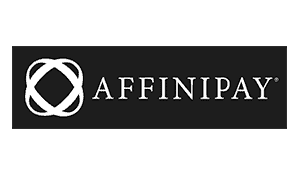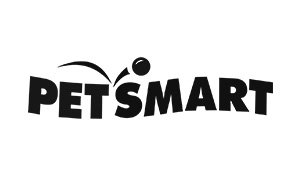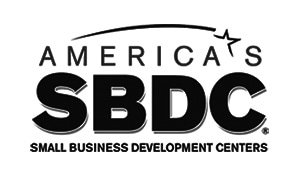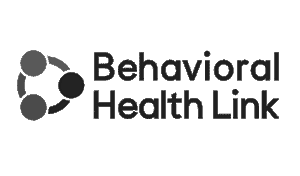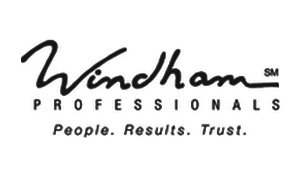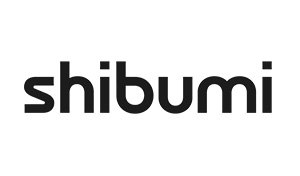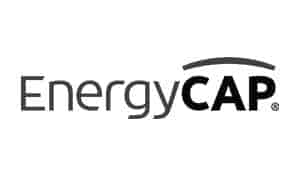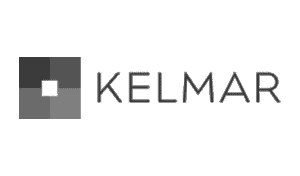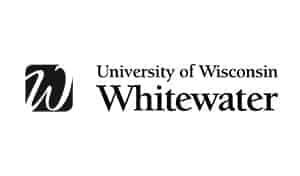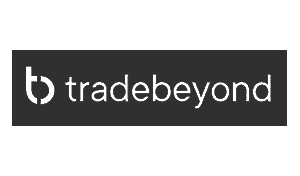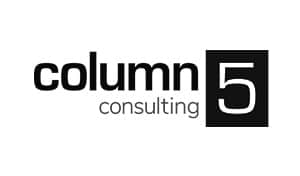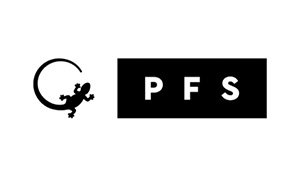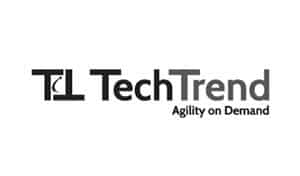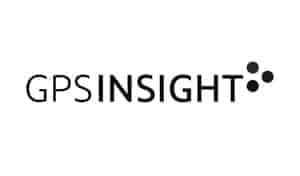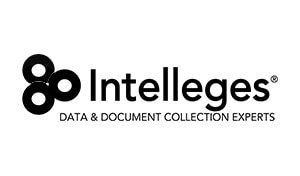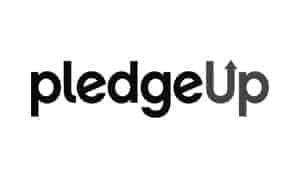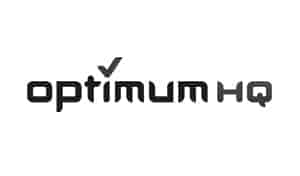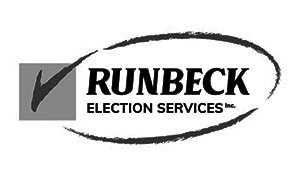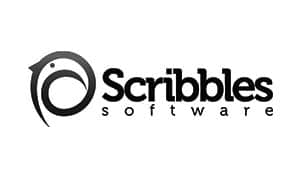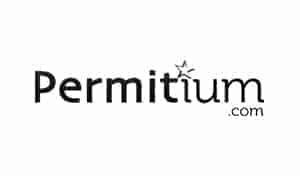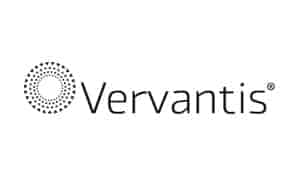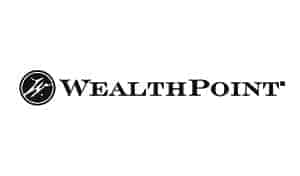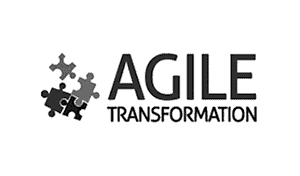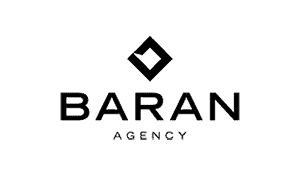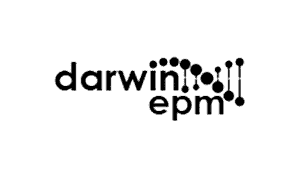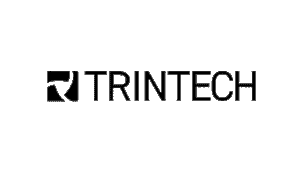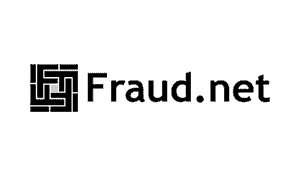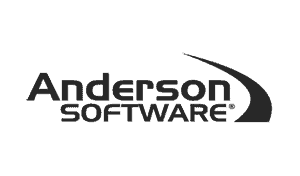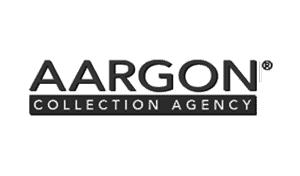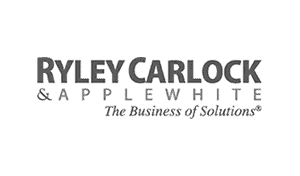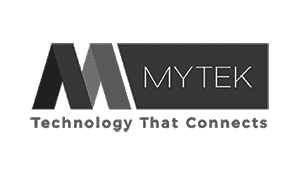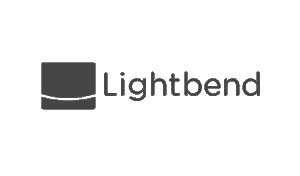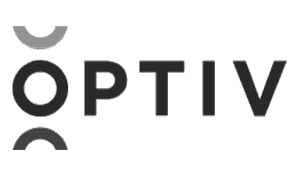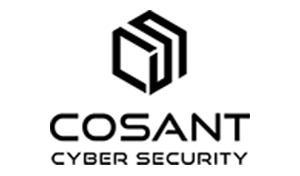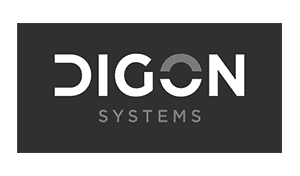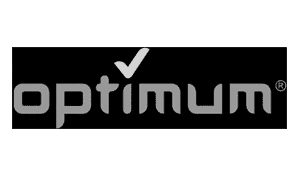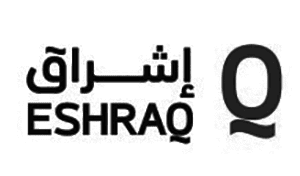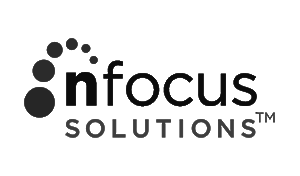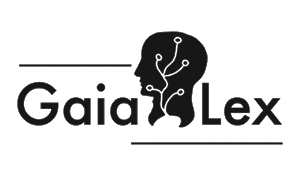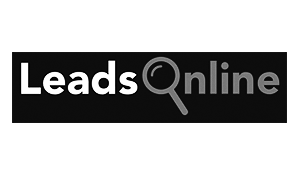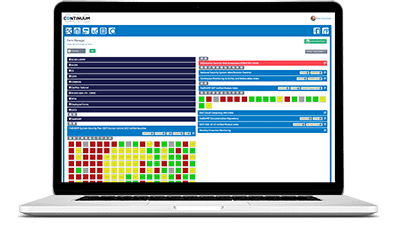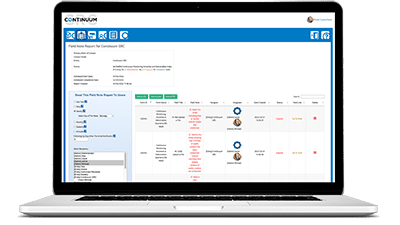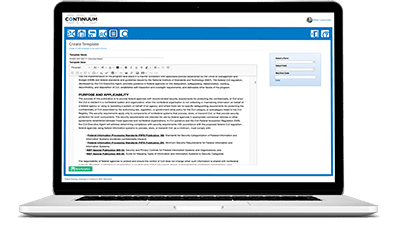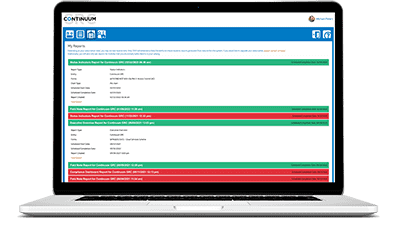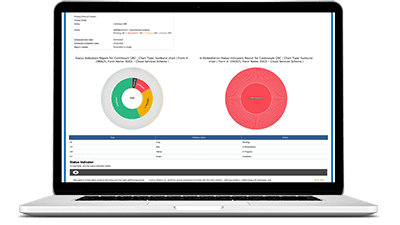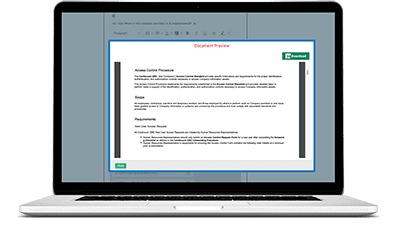Streamline Compliance and Documentation with Continuum GRC AI
Automate reporting with machine learning and AI.
The Necessity of Accurate Reporting in Compliance
Documentation and reports are the end product and backbone of your compliance efforts. They are how your organization demonstrates compliance with relevant regulatory and governing bodies.
The importance of accurate and timely reporting is pretty standard across industries like finance, healthcare, and manufacturing:
- Proof of Compliance: Documentation proves that an organization adheres to legal, regulatory, and policy requirements. It is often the first thing regulators or auditors ask for during their assessment processes. Without proper documentation, an organization may have difficulty proving it has met compliance standards, which can lead to fines, penalties, or worse.
- Training and Awareness: Well-documented compliance procedures and policies are crucial for training new employees and ongoing staff education. They help inculcate a culture of compliance and ensure that all organization members understand their roles and responsibilities in maintaining compliance.
- Risk Management: Documentation plays a critical role in identifying, assessing, and managing risks related to compliance. By keeping records of risk assessments, controls, and monitoring activities, organizations can demonstrate their commitment to mitigating compliance risks.
- Continuous Improvement: Documentation of compliance-related activities, such as audits, assessments, and incidents, provides a basis for constant improvement. Organizations can analyze this documentation to identify trends, improvement areas, and the effectiveness of compliance efforts over time.
- Legal Protection: In the event of legal action, compliance documentation can be invaluable in defending the organization’s actions and decisions. It can prove that the organization took reasonable steps to comply with applicable laws and regulations.
Considering all of the above, speed, accuracy, and reliability are clearly critical. Yet, this process is often one of the primary bottlenecks impacting our clients’ compliance workflows.
That’s why we’ve decided to leverage generative AI to open those bottlenecks.

